Character - 3/5: O'Reilly and Dugard take care to ensure the individuals in the story are well-rounded. They consistently relate characters' backstories when first introducing them, and include an appendix at the end to explain what happened to various personalities after the events of the story conclude. These descriptions are more analytical than empathetic, so readers are unlikely to develop strong feelings of love or hatred toward any particular character, but the descriptions and cross references are vivid enough to limit the risk of confusion as characters come and go from the action. Themes - 2/5: Despite O'Reilly's reputation as an outspoken pundit, Killing Lincoln is relatively neutral and objective in tone. The narrative does frame Lincoln as a hero and the assassins as villains, but few readers would take issue with such characterization. In general the authors prefer to focus on the events and personalities of the story, with minimal discussion of its overarching moral, social, or historic implications. Interest - 3/5: While O'Reilly and Dugard work hard to keep the action moving, readers with no interest in history may still find the details overwhelming. At the same time, serious historians may depreciate the lack of analysis. Overall it's best for readers with a casual to semi-serious interest in American History. Presentation - 4/5: Text size is moderate, and the 300 page length should be manageable for most readers. Periodic illustrations supplement important character or setting introductions, but the majority of the book is text only. It's a great choice for readers who do not have much time for reading, because the short chapters make it easy to read in 5-10 minute bursts. Bottom Line - 16/25: Read this book if you like history.
33 Comments
Plot - 2/5: The story starts quickly with the discovery of Wellington's corpse, but after the first few chapters the mystery becomes a bit of a red herring. The real purpose of the novel is to introduce Christopher. The climactic battle is more tense in his mind than it would be to an outside observer, and overall Haddon includes just enough plot to keep the story moving from point A to point B. Character - 5/5: This is where the novel shines. Haddon does a great job depicting both Christopher's unusual behavior and the reasoning behind his idiosyncrasies. His perspective is both enlightening and frustrating, and I am curious how well individuals with autism would say it matches their experiences. Themes - 4/5: Readers with patience for the slow plot will almost certainly gain empathy toward others who see the world differently. At the same time the book is not all rainbows and roses. Haddon declines to pull punches when it comes to depicting the challenges of caring for or teaching someone with severe autism, and his ability to do so without departing from Christopher's perspective is particularly impressive. His digressions on religion feel forced at points, but overall the novel is thought-provoking and authentic. Interest - 3/5: You'll like this book if you enjoy exploring the perspectives of diverse characters. The slow-moving plot is not enough to sustain fans of more traditional mysteries, but the book is highly regarded and your English teacher will respect you for reading it. Presentation - 3/5: Length and text size are both moderate, and Christopher sometimes breaks up the prose with illustrations to convey his points. On the flip side, there many British cultural references and vocabulary words, which may be a challenge for readers who have never been to England. Bottom Line - 17/25: More of an educational read than a pleasurable one. Use it as a choice book in English - you could make a really cool poster or presentation contrasting how a typical reader and Christopher might see similar situations differently. In the News: By now you've probably heard how our representatives tried to cut off the power of their independent ethics watchdog, only to backtrack hours later. I'd just like to punctuate that story with a timely tweet: Learning and Leading: I found this to be a good reminder: TeachThought suggests 4 things all project-based learning teachers should do. Curriculum and Cool Stuff:
Global/Biology: One of the beauties of science is that it can explore and reapply ideas from many different disciplines. For example, here's the story of how a defense of Christianity revolutionized brain science. In the News: Governor Cuomo has proposed a free college tuition program for students attending public colleges and earning less than $100,000. Curriculum and Cool Stuff:
Seniors, enjoying Serial? Try out The Atlantic's other 49 top podcasts from 2016. In the News: The state of Arizona is getting ready to drop Common Core (Merry Christmas kids) and institute its own standards. Among the new requirements is a mandate for students to become proficient in cursive. If I may editorialize for a moment: this is a terrible idea. Cursive is harder to read, harder to write, and next to useless in the age of computers. The process of learning it is rote and intellectually unstimulating, and frankly our students deserve better. Hey Arizona get with the program! We're heading into 2017, not 1957. Learning and Leading: Just in time for the holiday break: TeachThought examines 5 ways teachers can communicate with students outside the classroom. Method #5? Blogging. Happy holidays everyone. See you next year.
In the News: The state of Alabama has raised its graduation rates by an astonishing 17% in the last five years. Analysts credit the turnaround to flexible scheduling, improved record-keeping, second chance programs and, umm... cheating. Learning and Leading: Edutopia asks where do introverts fit into group work? Curriculum and Cool Stuff: Chemistry: What's the deal with revolving doors? Turns out they were invented to reduce energy loss and kill the tradition of men holding doors for women. Art/Earth Science: Today is the winter solstice. To celebrate, here are 10+ before and after photos of winter's beautiful transformations.
In the News:
Remember the video I posted Wednesday of all those poor suffering people in Aleppo? Well, there's always more to the story. It turns out they're all activists with mainstream media primetime access, so you shoudn't believe what they say.... Or should you? (Hint: Check the source.)
Tools and Tech:
Want to prepare for the SAT or ACT without breaking the bank? Check out PrepFactory.com. It's an easy-to-use study site with practice tests, games, and step-by-step tutorials, all for the unbeatable price of $0. In the News: What does vaccinating cows have to do with a girl's education? Quite a bit actually. Tracing the connection is an interesting exercise in the scientific method. Learning and Leading: The "adult coloring" craze is coming to high schools. Supporters claim it de-stresses students. I say color me skeptical (get it?), but if you're willing to give it a try I'll supply the materials. Curriculum and Cool Stuff:
Health/Biology: The Cleveland Clinic has a cool infographic on what the color of your snot means.
In the News:
Former Texas governor Rick Perry has been nominated to lead the Department of Energy - a department he once famously forgot he wanted to eliminate:
After four years of civil war, the Syrian Army is poised to recapture Aleppo. Conditions in the city are desperate, and The Guardian gives voice to just a few of the individuals trapped inside:
Curriculum and Cool Stuff:
Math/Economics: We've all wondered, what would happen if someone tried to buy all the possible PowerBall combinations? In the News:
The Post-Standard profiles some creative projects taking place in the Syracuse schools. Learning and Leading: Viva la Revolucion Curriculum and Cool Stuff: Technology: Can robots encourage people to treat each other better on Twitter? The short answer is yes, but only if the trolls think it's a white guy with a lot of followers. |
Archives
October 2017
CategoriesAbout the AuthorHello Everyone! I am Mr. Wightman, I am your school librarian for the rest of the year, and I am solely responsible for the content of this blog. |
- Home
- About
-
Students
- Student Resources
-
Resources by Subject
>
- General Databases
- Video Databases
- Projects and Creative Tools
- Stock Pictures and Video
- Slideshow Themes
- Music and Sound Effects
- Current Events and Controversial Issues
- English
- Social Studies
- Health
- Science
- Agriculture and Technology
- Business and Careers
- World Language
- Art and Music
- Newspapers and Magazines
- Citation Guide
- Ebooks
- RADCAB
- Censorship and Intellectual Freedom
- Teachers
- Classes
- Summer Reading
|
Cazenovia High School
Library Media Center 31 Emory Avenue Cazenovia, NY 13035 |
Ben Wightman
Librarian Molly Hagan Principal |

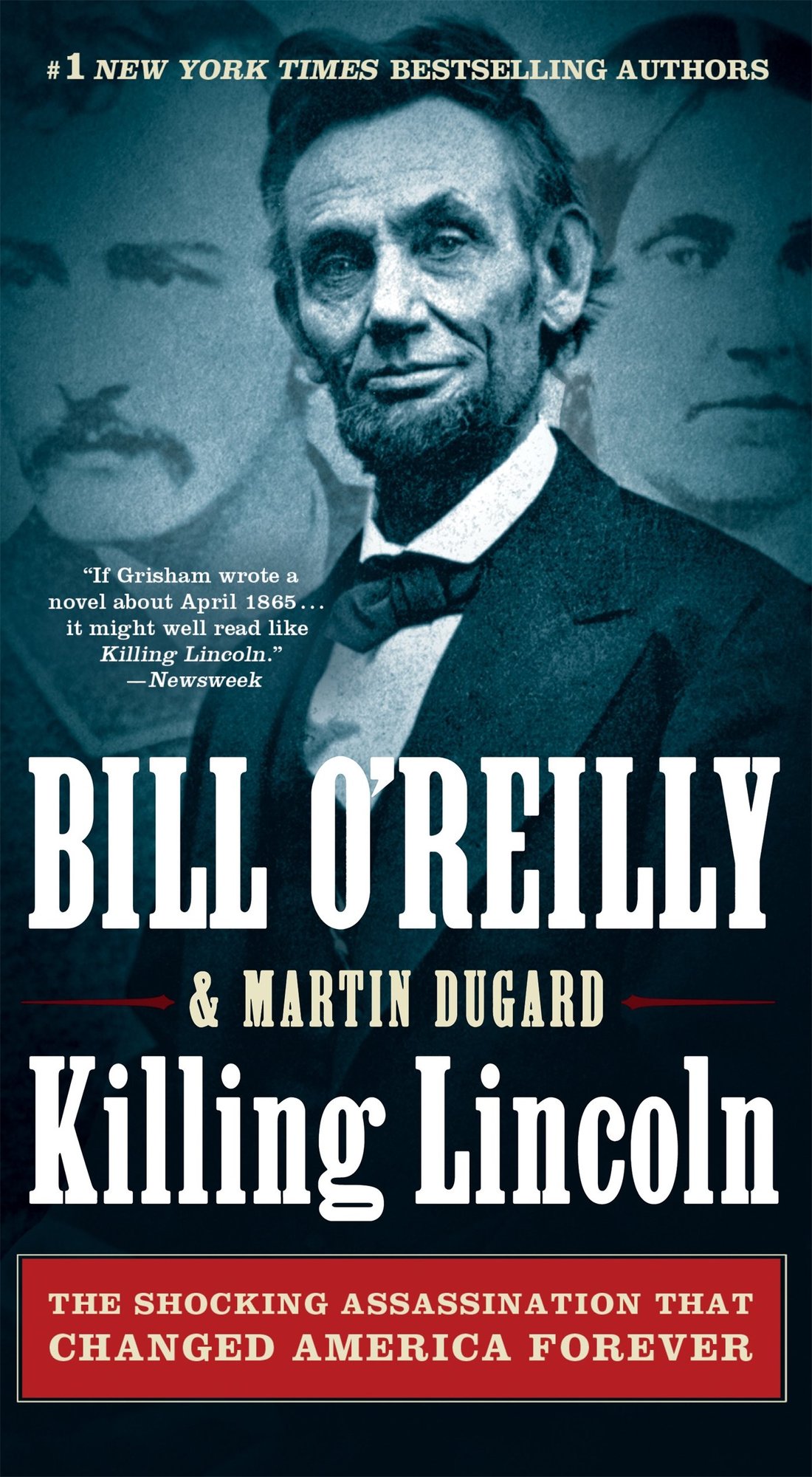
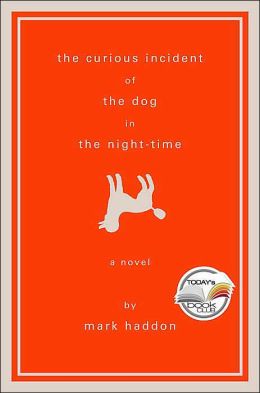


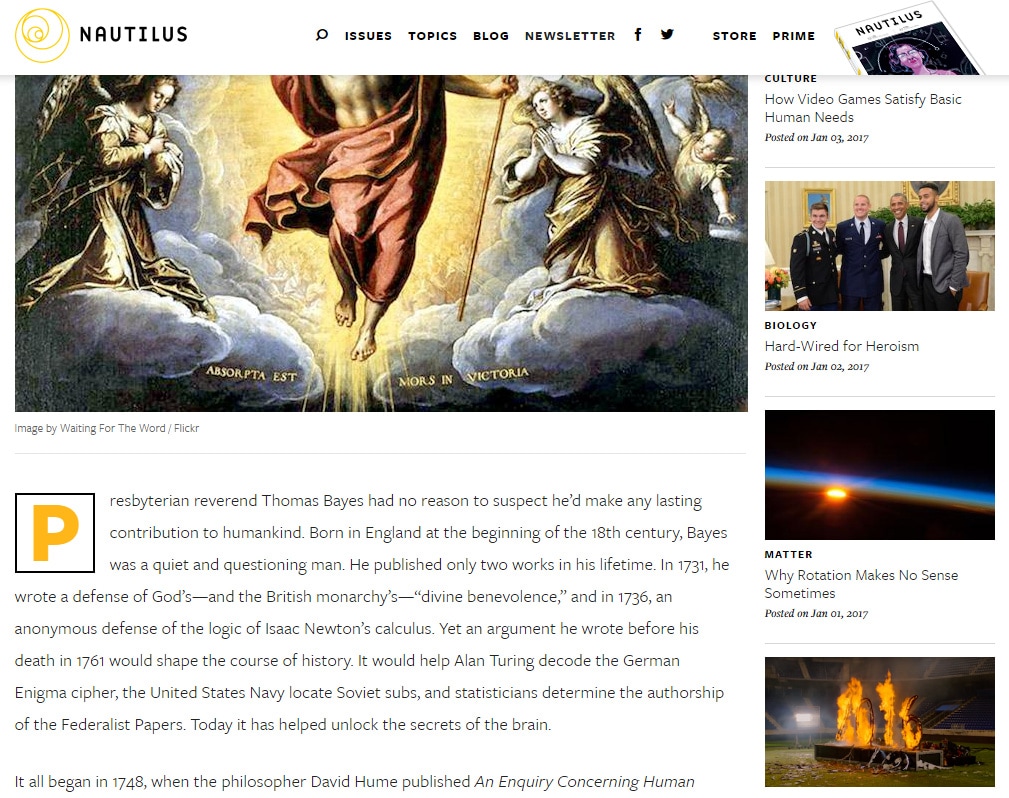

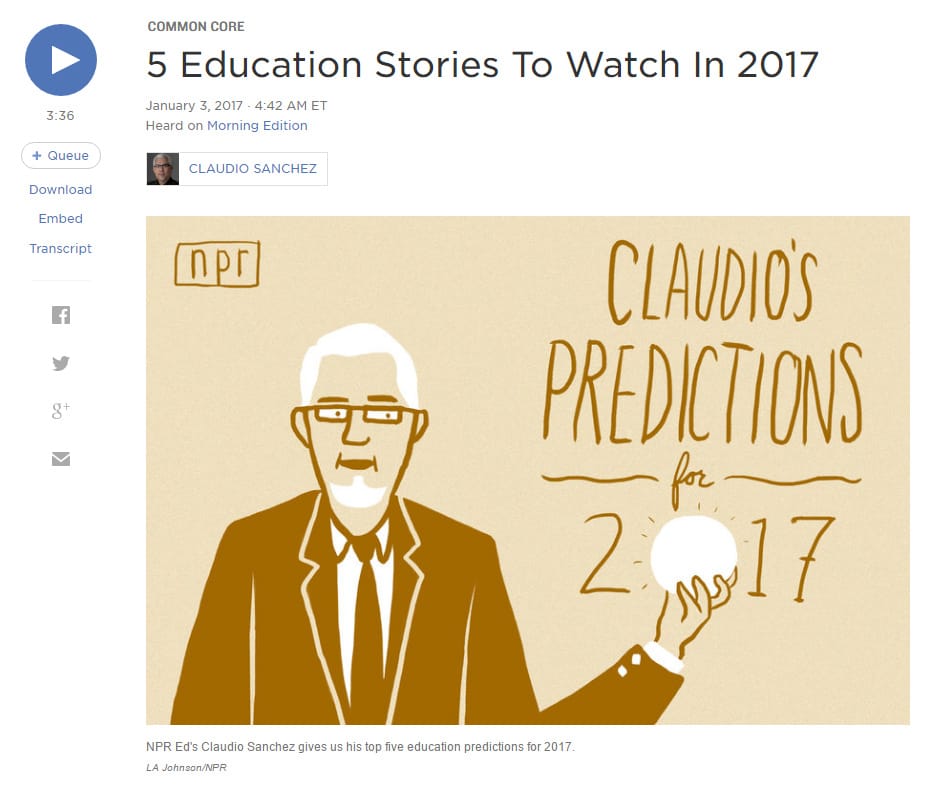

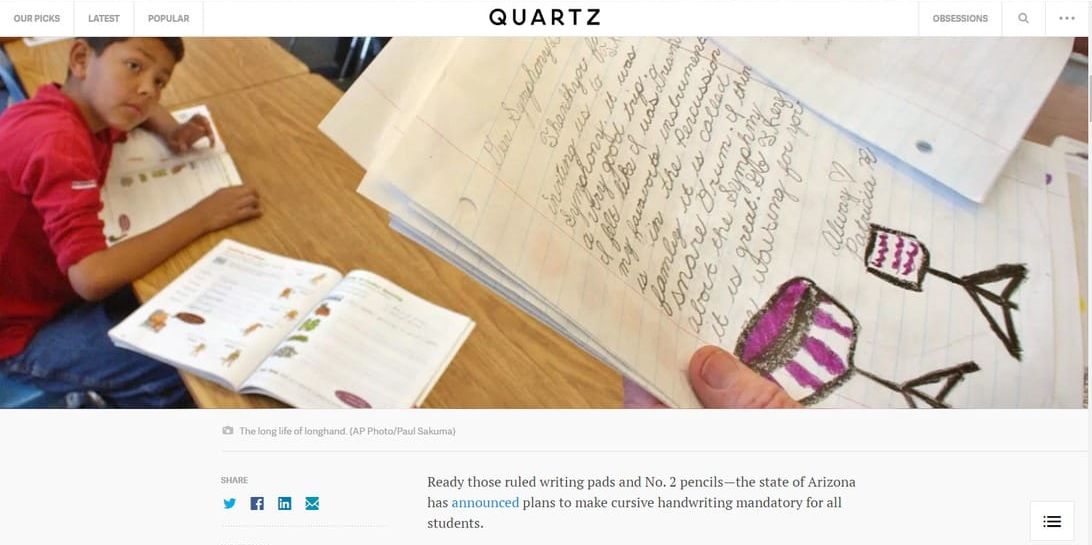
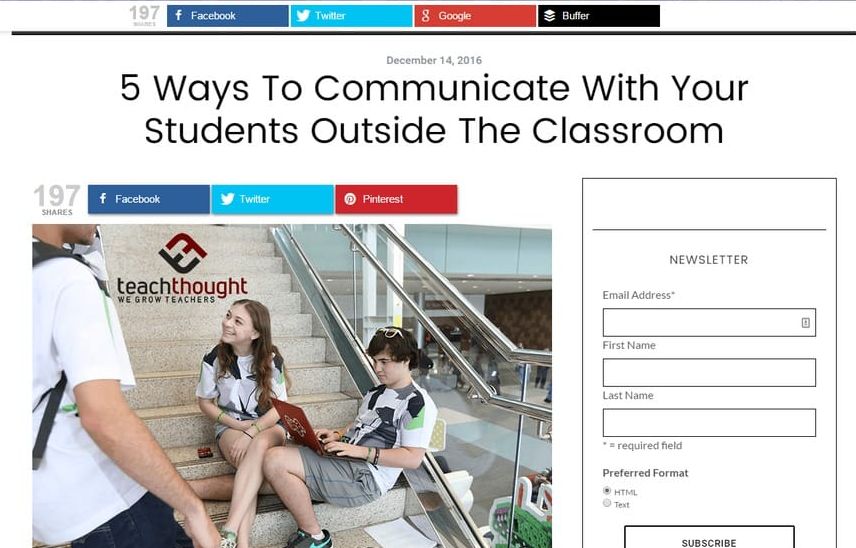


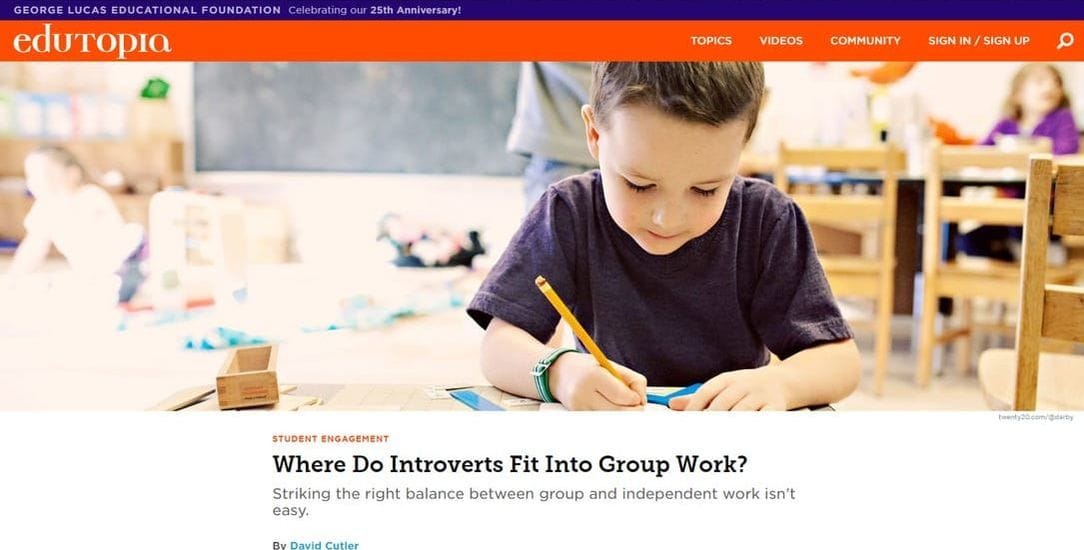



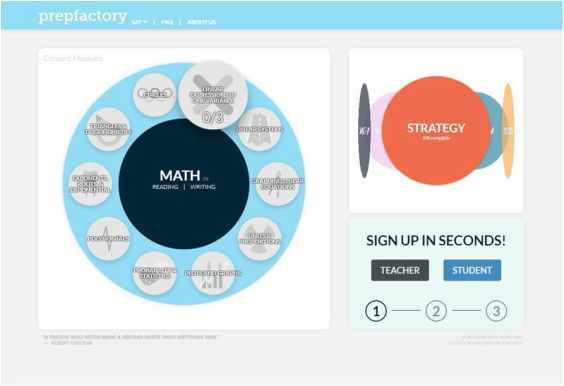

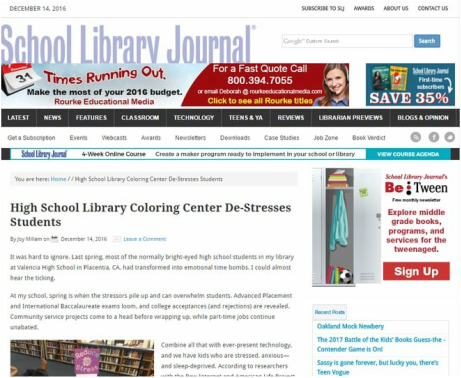


 RSS Feed
RSS Feed